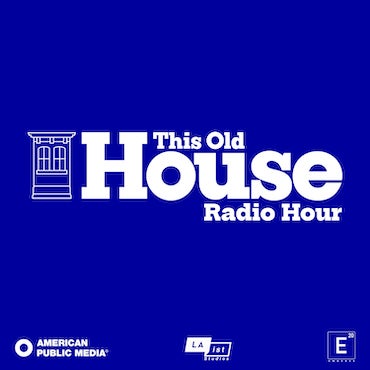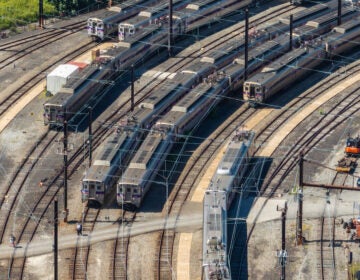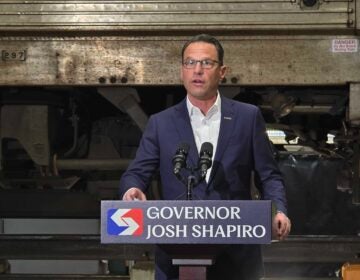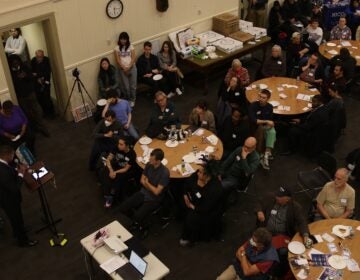Transit First could be coming to you
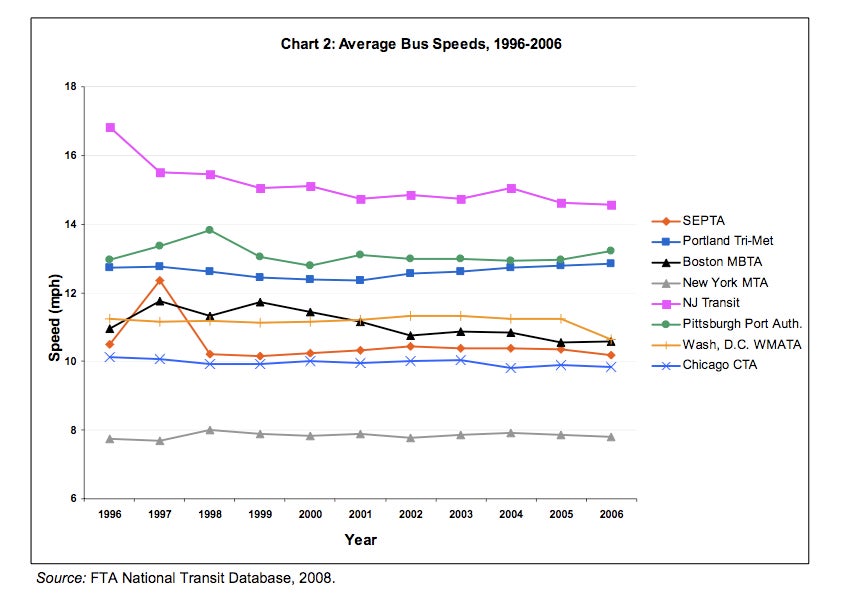
Oct. 26
By Anthony Campisi
For PlanPhilly
When the city and SEPTA first began their joint Transit First initiative back in 1989, they hoped to iron out day-to-day service issues to provide faster service for customers.
The Nutter administration’s new Transit First committee is thinking along bigger lines.
The committee, which met for the first time, privately, in late September, has decided to discuss route-level projects that could lead to widespread transit-service improvements throughout the city.
At the table were representatives of the Streets and Police departments, the Center City District, the Planning Commission, the Parking Authority, SEPTA, the Mayor’s Office for Transportation and Utilities and the Delaware Valley Regional Planning Commission.
It has divided itself into two working groups: a transit-improvement committee tasked with addressing inter-agency kinks between city departments and SEPTA that hinder service and a Transit First committee that will be looking at larger service changes along major routes and commercial corridors.
Kim Scott Heinle, SEPTA’s assistant manager for customer service, said that the second committee is meant to “get a little bit wild and crazy” and is considering moves like implementing new technology to ensure SEPTA vehicles get green lights as they approach intersections and changing traffic flows to allow SEPTA buses to go the wrong way down one-way streets for a period of several blocks.
Both SEPTA general manager Joe Casey and Rina Cutler, deputy mayor for transportation and utilities, “very strongly endorsed Transit First,” said Greg Krykewycz, a senior transportation planner at the DVRPC who was at the meeting.
“They wanted to see projects that would make a big difference,” he explained, adding that the meeting was “was kind of a more aggressive take on Transit First than I had heard previously.”
Heinle said that previous Transit First initiatives focused on decreasing travel time enough to allow SEPTA to run fewer buses and trolleys along its routes, thus saving money. The new initiative is aimed at increasing ridership.
Cutler said the committee was in the process of selecting routes and areas of the city on which to focus.
Heinle said the committee was hoping to avoid past problems in implementing Transit First — namely, that local opposition caused City Council to press SEPTA to restore service cut by stop consolidation and route changes. He said that the committee wanted to work closely with Council and neighborhood groups to bring them on board earlier in the process.
At the same time, Heinle said, if significant community opposition arose to a proposed change, he favored putting it aside and focusing on more amenable neighborhoods.
The Transit First committee plans to meet again in November, and Cutler said it would begin consulting the public after routes had been selected and ideas for improving service on those routes had been discussed internally.
Contact the reporter at campisi.anthony@gmail.com
WHYY is your source for fact-based, in-depth journalism and information. As a nonprofit organization, we rely on financial support from readers like you. Please give today.

